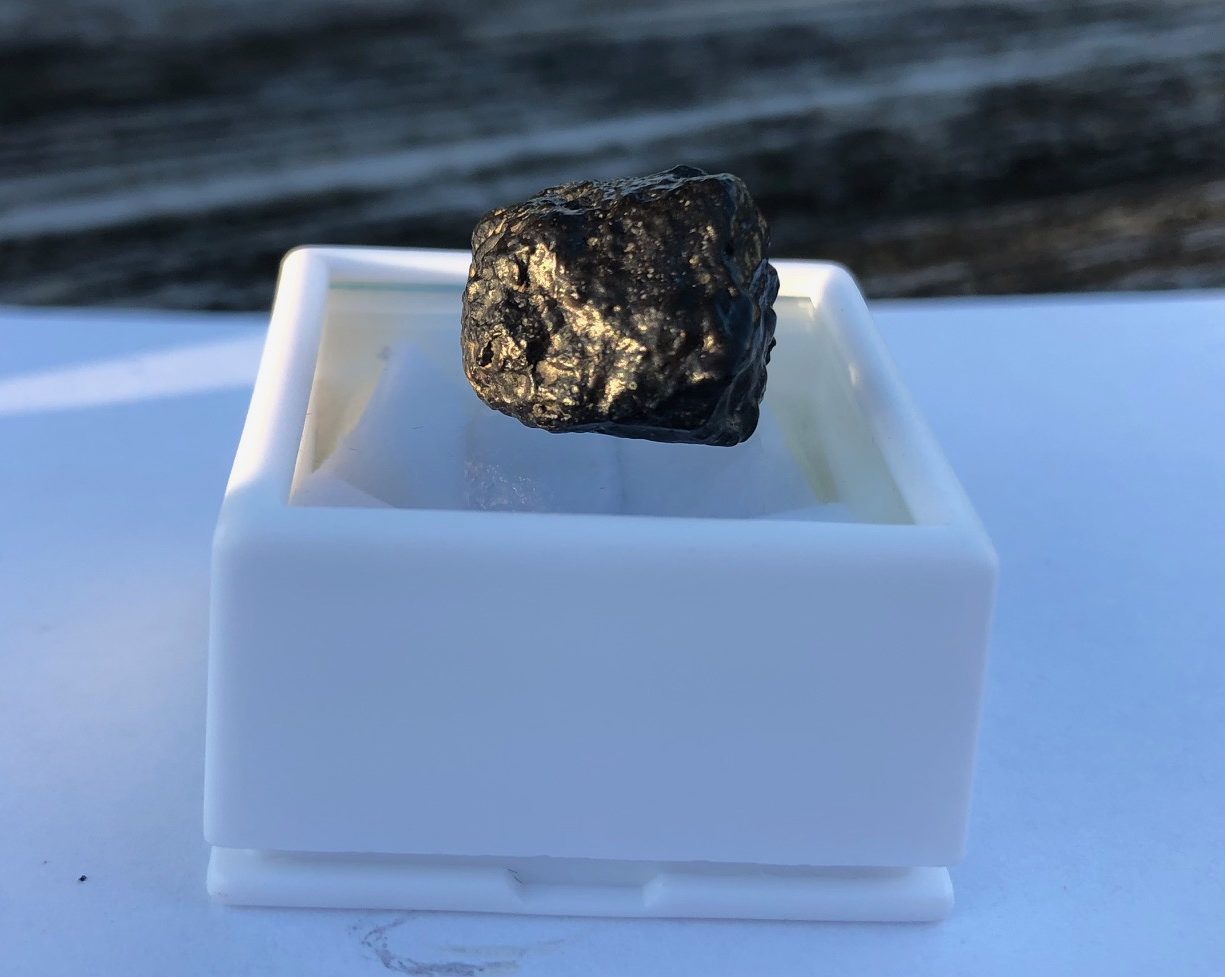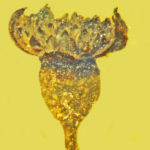Cite as: Benner, S. A. (2021) “Growing Life on Martian Rocks”. Primordial Scoop, 2021, e0224. https://doi.org/10.52400/BSLS3024
Early Mars had water and minerals, including minerals that may have supported the prebiotic synthesis of RNA. RNA is, of course, often proposed to be the first genetic molecule on Earth.
However, after minerals helped Martian life (hypothetically) emerge, minerals may have served as food for Martians. Minerals out of equilibrium with their environment can provide “free energy” for life to live. Chemolithotrophy may even now be used by (hypothetical) Martian microbes to survive on Mars today.
We know about this chemistry from our studies of life on Earth. Here “chemolithotrophy” is used by some terran microbes to get the energy they need to reduce carbon dioxide to feed their metabolism. For example, the bacterium Metallosphaera sedula eats rock to fix carbon dioxide. Indeed, its name, translated, means “a sphere busily eating metals”. Think of “Horta” from Star Trek.
Last week, a team from Vienna led by Tetyana Milijevic published a report attempting to join this part of Earth biology to Mars. They asked whether M. sedula can grow on rocks found on Mars. Since they could not go to Mars personally, they let Mars come to them.
It is not as difficult as it may seem. When meteorites hit Mars, the energy of the impact can blast Martian rocks off of its surface into space. Some of the pieces of Mars ejected from the planet land on Earth as Martian meteorites.
Most of the pieces of Mars that we have come from volcanic rock. However, in 2011, a piece of Martian breccia was found to have landed in the Western Sahara desert. Breccia is a conglomerate of many minerals from Mars, exactly the kind of environment where Martian bacteria might live. Because of its black and lustrous color, the meteorite was called “Black Beauty”.
Bob Bruner, a citizen-astrobiologist from Denver, helped the Viennese team get a sample of Black Beauty. They then asked whether Black Beauty could support the growth of M. sedula. They found that it could. Terran bacteria could munch on Martian rocks. A fortiori, Martian microbes ought to be able to do so also.

The team asked whether M. sedula left traces on the rocks that it had ingested. It did, the spherical patterns on the image in blue. They are less than a micron across. But they are still there.

Perseverance has just landed on Mars equipped with a high-resolution imaging device called SHERLOC. The instrument has a spatial resolution of 30 microns, too low in resolution to detect the signature that the Viennese team explored. A higher resolution imaging is needed to detect this kind of evidence for life on Mars (which is one of the things we might look for once the samples collected by Perseverance can be launched to earth).
As ever, this sort of research leaves open many questions. Even if a higher resolution instrument detects similar patterns on the surfaces of rocks that it finds on Mars, it is possible that non-biological processes might also leave micron-sized tracks.
But the first step is knowing what to look for.



